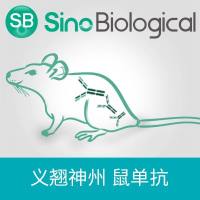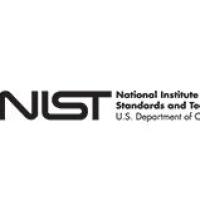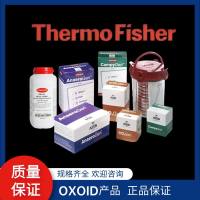Chemosensitivity Testing Using Microplate Adenosine Triphosphate-Based Luminescence Measurements
互联网
812
During the last two decades, novel nonclonogenic methods for pretherapeutic chemosensitivity testing have been developed that are likely to overcome major technical limitations of older assays such as low evaluability rates, low degree of standardization and reproducibility, lack of technical robustness, and poor methodological efficacy. Among these, the microplate adenosine triphosphate (ATP)-based tumor chemosensitivity assay (ATP-TCA) has gained particular merits for ex vivo chemosensitivity testing of native nonhematological tumors including cancers of the breast, ovary, gastrointestinal tract, cervix and corpus uteri, and lung; malignant melanomas; gliomas; sarcomas; and mesotheliomas. For this indication, the ATP-TCA can now be considered the best documented and validated technology. This assay, which is now commercially available, provides a highly reproducible, easy-to-handle kit technique; low technical failure rates; and a high methodological efficacy requiring only 1 � 106 tumor cells to test four to six different drugs or combinations. In ovarian and breast carcinomas, the predictive accuracy is <90%, with a positive predictive value of 85-90‰ and a negative predictive value near 100‰, respectively. In primary ovarian cancers, the ATP-TCA has been found to accurately predict both clinical response and survival. In two prospective clinical trials in patients with heavily pretreated ovarian cancer, chemotherapy individually selected by the ATP-TCA has been found to triple the response rates and nearly double the survival compared to empirically chosen regimens. Consequently, this assay, which is now under phase III evaluation, has successfully been used in new agent development to screen for novel chemotherapy regimens for the treatment of patients with breast and ovarian carcinoma and melanoma, respectively. This chapter highlights the recent preclinical and clinical experience with this promising technology and gives a detailed description of all the technical aspects of the ATP-TCA.









